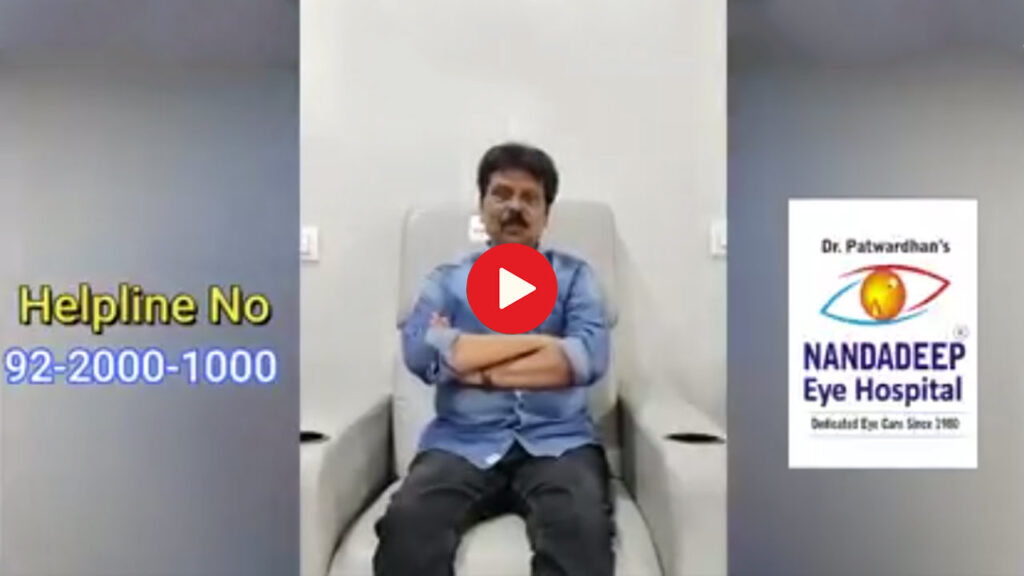Best Eye Hospital In Ichalkaranji For Cataract Treatment
Cataract ( Motibindu ) Surgery in Ichalkaranji
Our approach to cataract treatment at Nandadeep Eye Hospital is characterized by a blend of cutting-edge technology, skilled professionals, and compassionate care. We offer a range of advanced surgical techniques, including phacoemulsification, a minimally invasive procedure that ensures swift recovery and minimal discomfort for patients. With a team of experienced ophthalmic surgeons, equipped with the latest diagnostic tools and intraocular lens options, we deliver personalized treatment plans to address each patient’s unique visual needs and lifestyle requirements.
Laser Cataract Eye Surgery - Nandadeep
Laser cataract eye surgery utilizes advanced laser technology to assist in the removal of cataracts—a clouding of the eye’s natural lens that leads to diminished vision. The procedure involves creating a small incision, fragmenting the cataractous lens, and replacing it with an artificial intraocular lens (IOL). The precision of the laser allows for a more accurate and efficient procedure, reducing the risks associated with manual techniques.
Bladeless Femto Laser Surgery
Bladeless femto laser cataract eye surgery is a revolutionary procedure that has transformed the way cataracts are treated. In India, this advanced technology offers a safer, more precise, and much less invasive alternative to traditional cataract eye surgery. The procedure involves using a femtosecond laser to perform several critical steps of cataract operation, resulting in improved outcomes and faster recovery times.
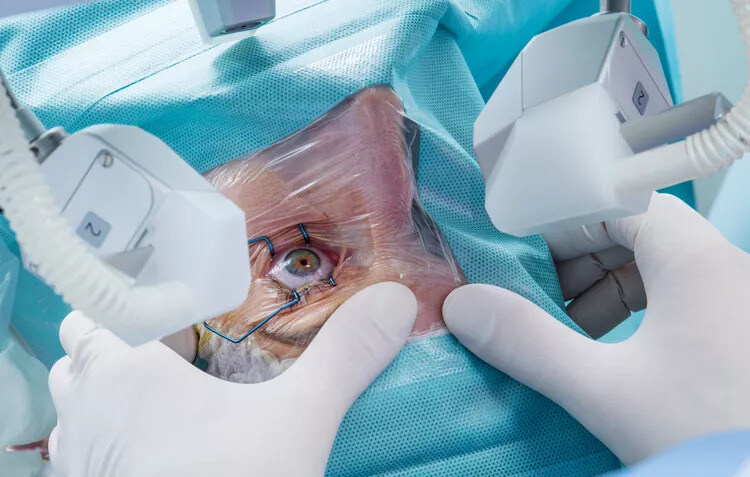
Anesthesia
Anesthesia eye surgery is a medical procedure where an anesthesia drug is administered to the patient’s eye, usually through intravenous or oral medication. Local anesthesia is administered to numb the eye, ensuring patient comfort throughout the procedure.
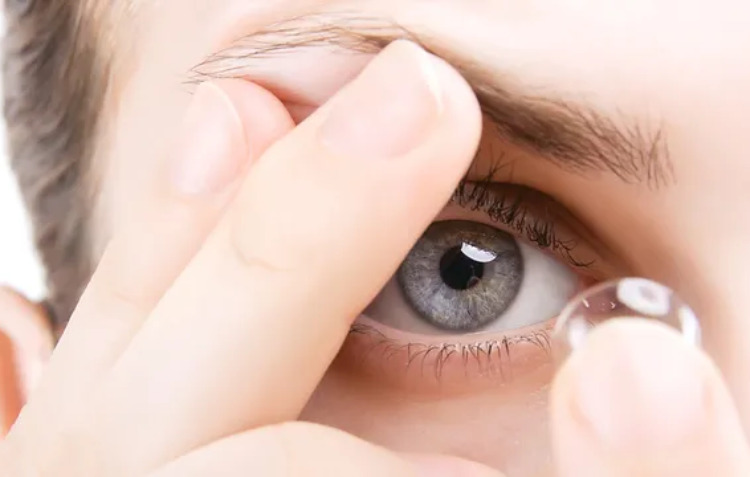
Lens Removal
The surgeon makes a small incision in the eye and uses advanced techniques, such as phacoemulsification or laser-assisted surgery, to break up and remove the cloudy lens.
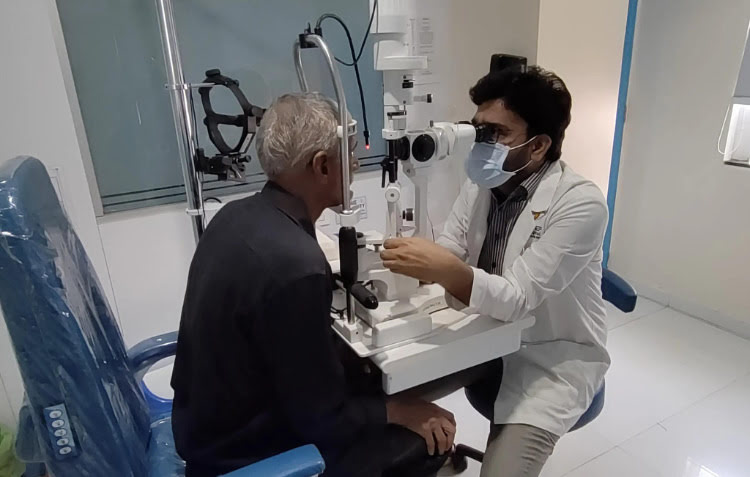
Cataract ( Motibindu ) diagnosis

Artificial Lens Implantation
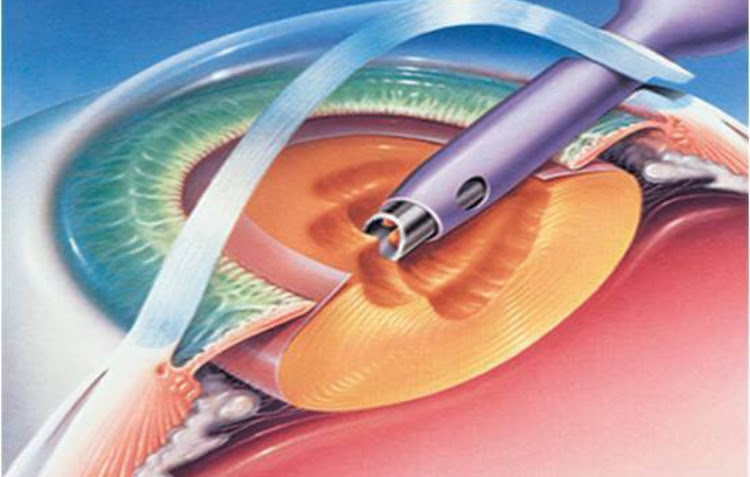
Stitchless Closure
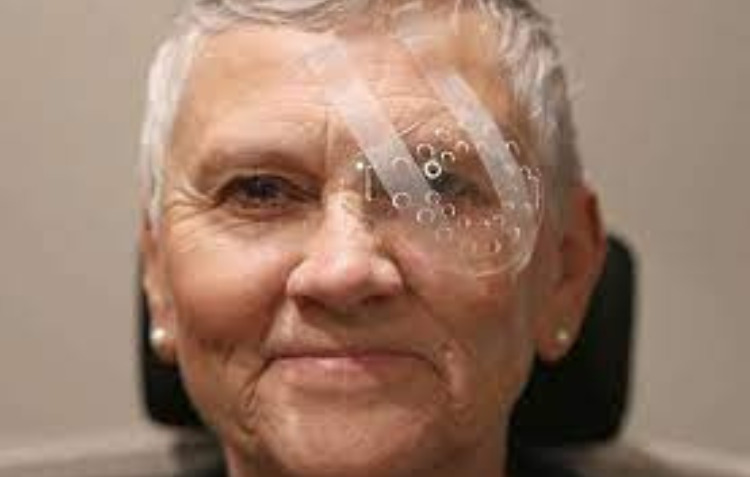
Recovery
Explore more about Cataract eye surgery
Book Appointment For Cataract
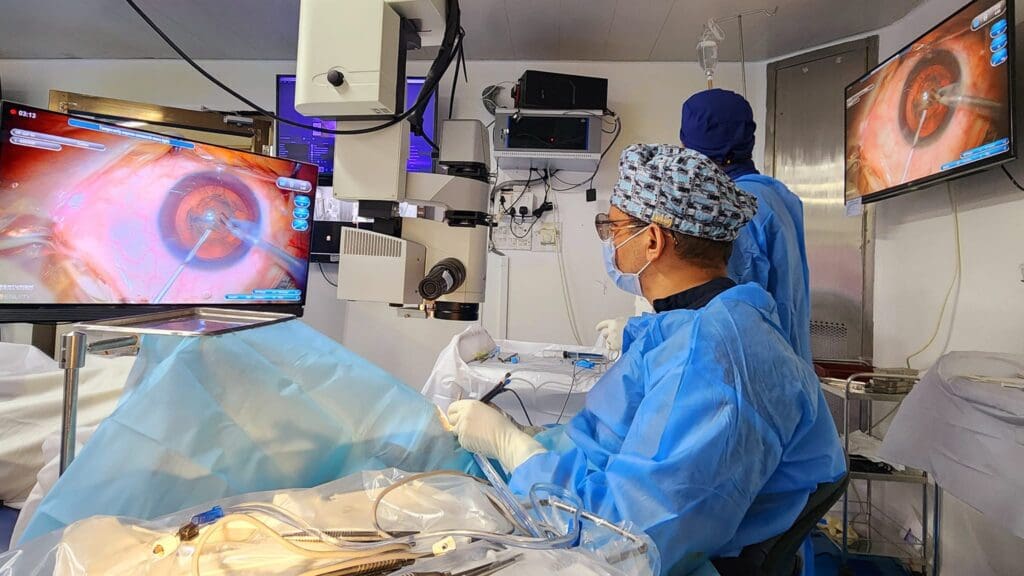
Expert Cataract Eye Specialists in Ichalkaranji

Dr. Sourabh D. Patwardhan
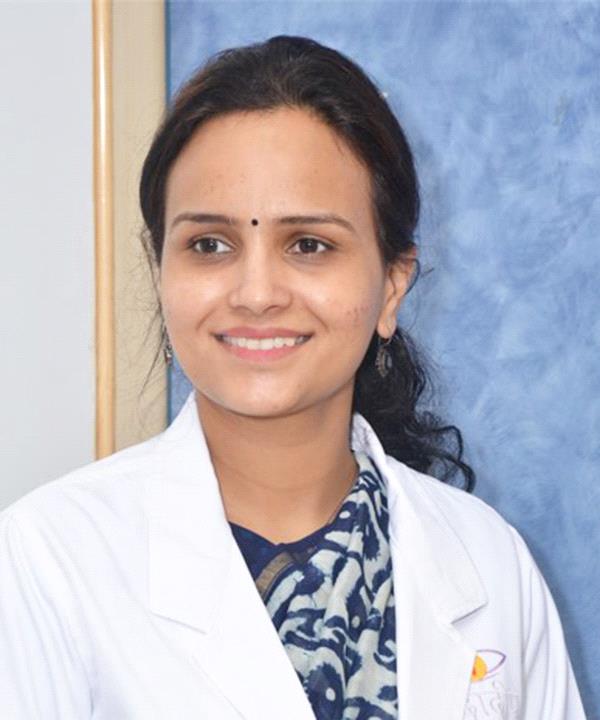
Dr. Nidhi S. Patwardhan
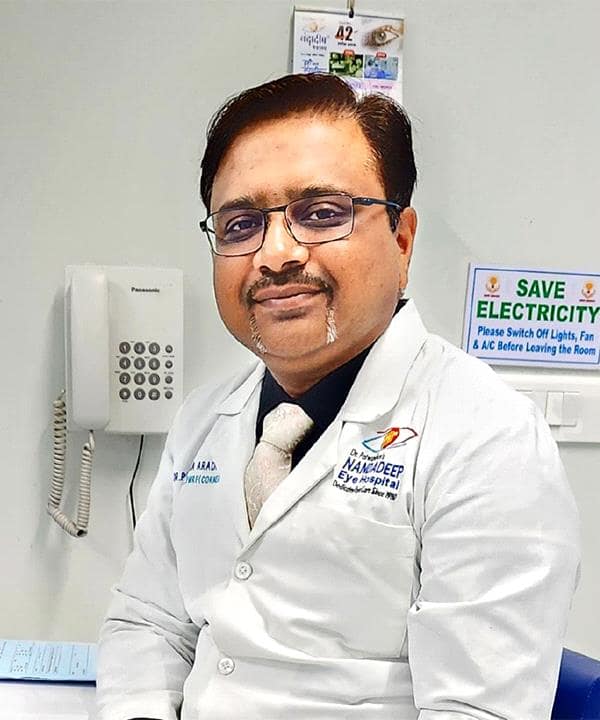
Dr. Prasanna Aradhye
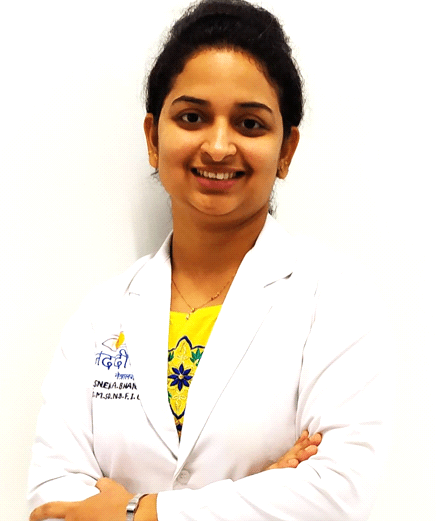
Dr. Sneha Shinde
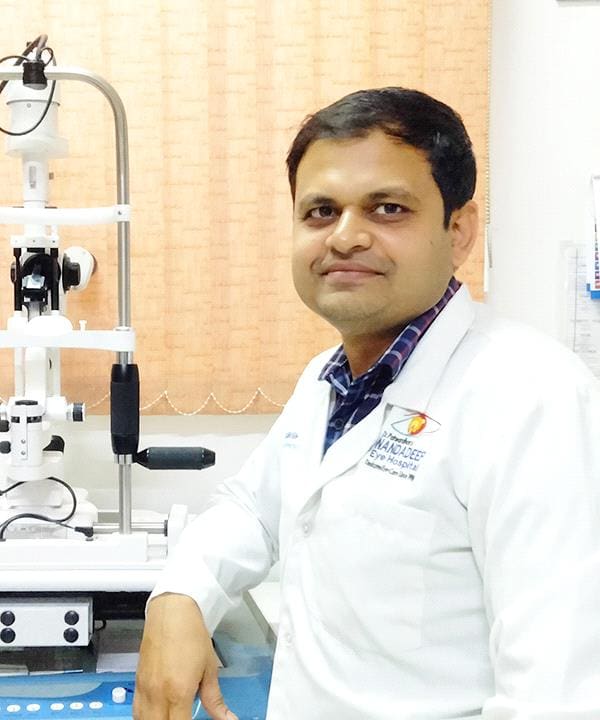
Dr.Umesh. B. Amrale
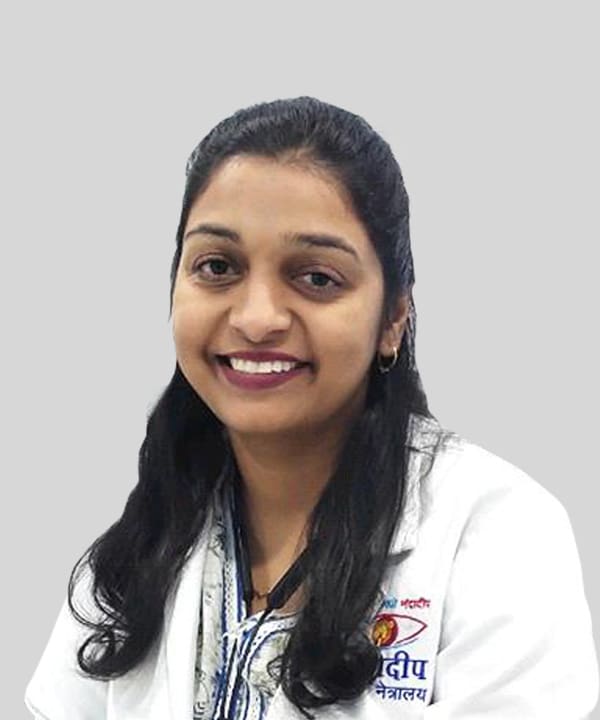
Dr. Seema
Mane

Dr. Vinit
Shah

Dr. Bhavin Mahendra Shah
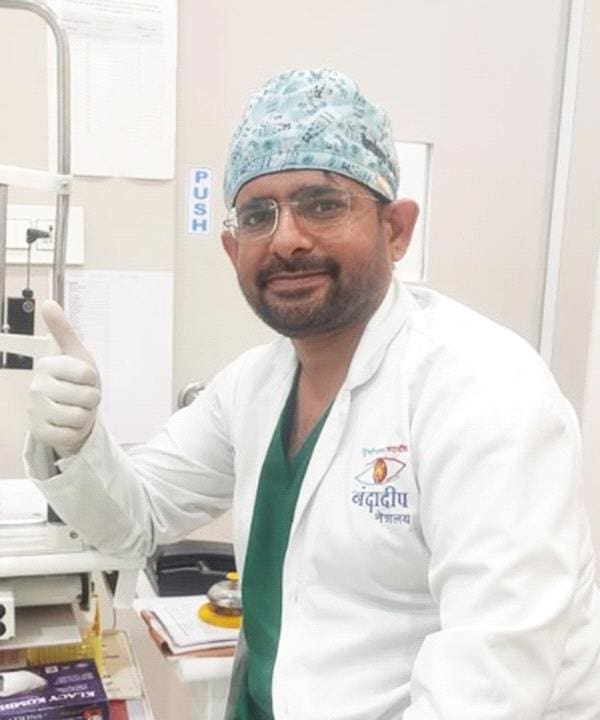
Dr. Bhushan Wadekar

Dr. Jyotsna M. Patil
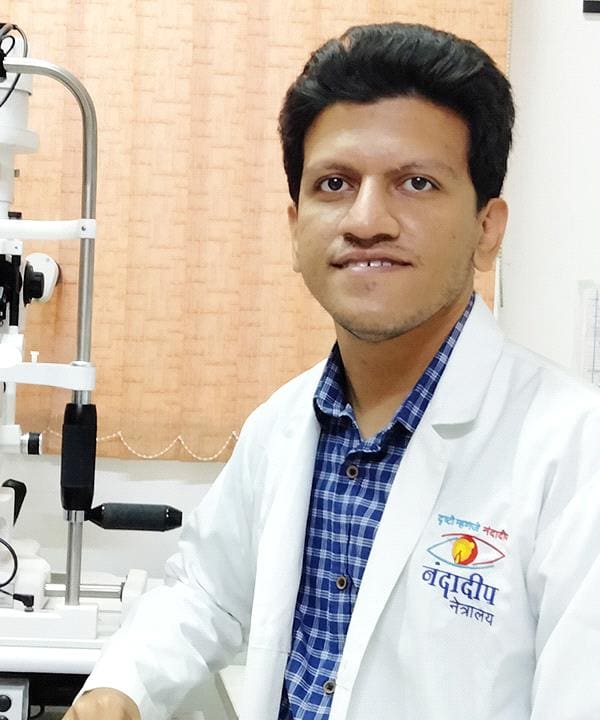
Dr. Nikunj Bhatt
Frequently Asked Questions
cover it?
Common symptoms of cataracts include:
- Blurry or cloudy vision
- Increased sensitivity to glare, especially at night
- Difficulty seeing clearly in dim or low-light conditions
- Fading or yellowing of colors
- Double vision in one eye
- Frequent changes in eyeglass prescription
Our Patients Trust Us !
Patients really appreciate the way they get professional eye treatment and care at Nandadeep without any hassle.


